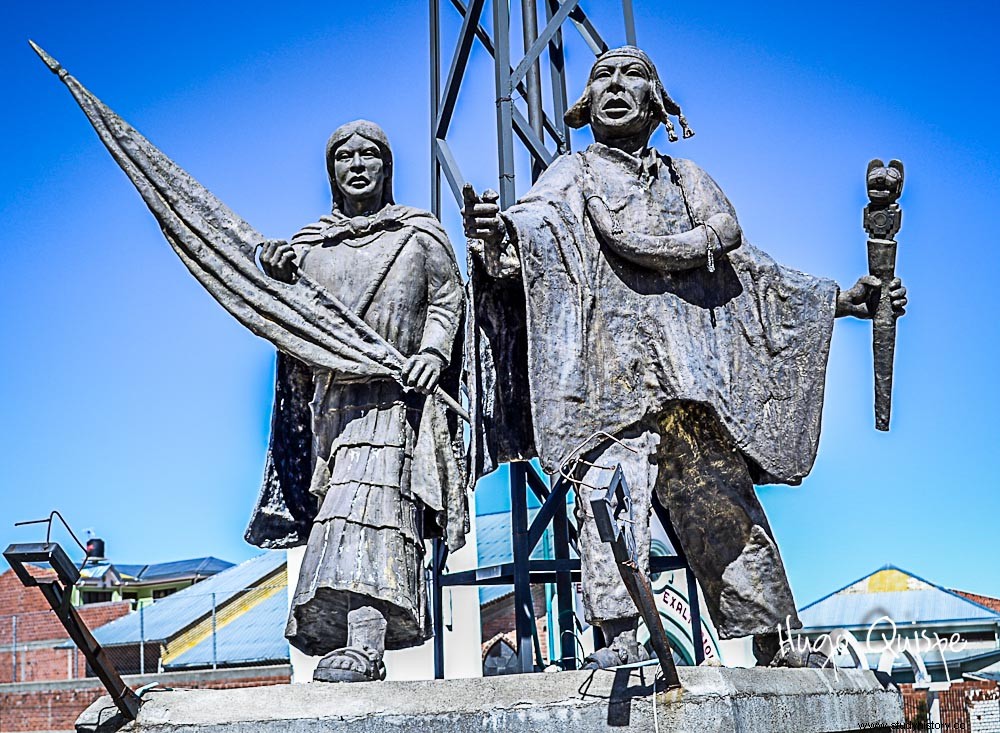Aymara fighter, Bartolina Sisa (1750 or 1753 ‒ 1782) inspired and led, alongside her husband, a revolt against the Spanish colonial authorities in Upper Peru. In Bolivia, she is a heroine and a model of resistance.

Colonial oppression
Daughter of Josefa and José Vergas Sisa, Bartolina Sisa was born in August 1750 or 1753 in Upper Peru, a region of the Viceroyalty of Peru under the domination of the Spanish crown and corresponding to present-day Bolivia. She is part of the Aymara people, a Native American people from the Lake Titicaca region.
Growing up, Bartolina devoted herself with her parents to the trade, especially of coca leaves and textiles. This occupation gives him the opportunity to travel to various villages and meet many ayllus (communities). Over the course of her encounters, she becomes aware of the oppression exercised by the colonial authorities against her people, and this situation revolts her.
At Sica Sica, Bartolina meets Julián Apaza Nina, an Aymara like her, who works as a baker. The two married in 1778, at the age of 25; they will have four children. Like Bartolina, Julián knows the suffering of indigenous peoples.
Túpac Katari
In 1780, the Inca caciques Túpac Amaru II and Quechua Tomás Katari raised insurrections against the Spanish colonial authorities in several regions of Upper Peru. Their revolts were quickly put down and the two leaders were executed.
Following their examples, Julián, closely supported by Bartolina Sisa and her sister Gregoria Apaza, in turn organized an insurrection against the Spanish colonists. In tribute to Túpac Amaru II and Tomás Katari, he takes the name of Túpac Katari. Building an army of 40,000 indigenous fighters, Bartolina and Túpac unleash their revolt.
The insurrection against the colonial authorities
In 1781, the rebel army besieged the city of La Paz twice, from March to June and then from August to October for a period of 184 days. From April, Bartolina Sisa is in charge of the headquarters. The Spaniards receive reinforcements from Lima and Buenos Aires and manage to forge alliances with Indian chiefs opposed to Bartolina and Túpac; sieges end in failure.
To break up the revolt, the Spaniards offered an amnesty to those who surrendered, and several leaders of the movement accepted the offer. Bartolina was arrested in July, a few months before Túpac who, betrayed by former partisans, was captured in November. His sister Gregoria will also be arrested, and imprisoned with Bartolina.
Túpac is executed five days after his arrest; Sentenced to death, Bartolina and her sister-in-law await the execution of their sentence in prison for eight months. Publicly humiliated and tortured, they were executed at the same time in September 1782.
In 1983, in tribute to Bartolina Sisa, the date of September 5 was proclaimed International Day of Indigenous Women .
